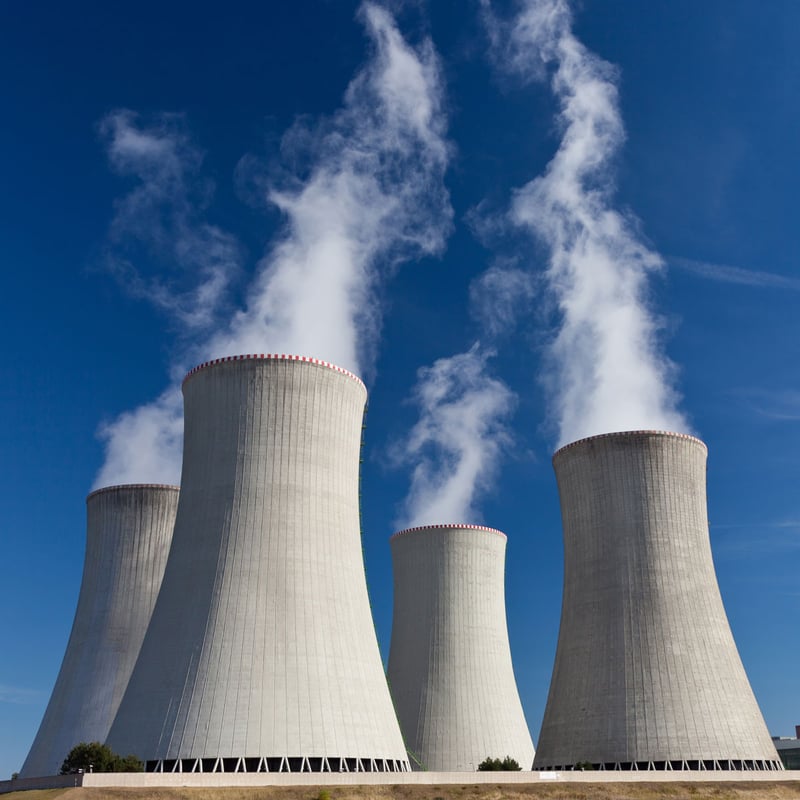THE EDIT
Your monthly briefing on the journey to fossil freedom
Issue #5 Supporting society, July 2023

How a nuclear power plant and waste storage help a region thrive
What to know: Östhammar in central Sweden is home to the Forsmark nuclear power plant. Since the early 1980s, the plant has been an integral part of the community and polls show that more than 80 per cent of local residents are positive to both the power plant and nuclear power in general. Susanne Falk, owner of Forsmark’s Wärdshus, claims that three quarters of the restaurant’s business can be attributed to the power plant.
Why it matters: While the transition to fossil-free energy production needs to be fast and effective, the process of getting a wind farm or power plant in place is often lengthy and hard. By being transparent and open to cooperation with local stakeholders, the Forsmark nuclear power plant has been accepted as an integral part of the area.

Wind farm neighbours are more positive to wind power
Local support. A new survey conducted near a wind farm in Northumberland, England, shows that nearly two thirds of those living closest to turbines want even more of them.

250 km of biodiversity hotspots
Long oases. Sweden has kilometre upon kilometre of power line corridors - unique spaces inhabited by a large array of species. Vattenfall has conducted an analysis and field studies of the power line corridors in its regional grid, identifying biodiversity hotspots and tailoring maintenance plans to improve biodiversity.
Germany's solar ambitions power its investment climate to second place in global ranking

Sustainable power. With the German government setting targets of 22 GW of solar photovoltaic installations per year from 2026, the country is racing towards the top in Ernst & Young‘s Renewable Energy Country Attractiveness Index.
Vattenfall gets net-zero target approved by science

What: Vattenfall is the first Swedish energy company to have its target of net-zero emissions in 2040 verified by the Science Based Targets initiative (SBTi). The SBTi verification complements Vattenfall’s 2030 targets which are in line with limiting global warming to 1.5°C.
News flash
3 x quick updates from the energy world

Not lost in space
The UK government is funding a new project for solar energy in space – with solar panels on satellites to send the power down to earth.
(gov.uk)

Favourable majority
Public support for nuclear energy, a key component of the US clean energy plan, has reached its highest level in a decade, according to the latest Gallup poll.
(news.gallup.com)

An uncomforting blanket
New visualisation by NASA shows where CO2 is being added into the atmosphere – fossil fuels in orange, burning biomass in red, land and the ocean in blue.
(svs.gsfc.nasa.gov)
And finally …
Wild ride during earlier energy transitions
Energy sources follow a familiar pattern: peak, plateau, and plunge. Rocky Mountain Institute recently reflected on this rhythm to highlight present-day challenges. Take horses, for instance. They reached their prime in 1905, but within two decades, their demand plummeted by a staggering 90 per cent. Likewise, coal power is now witnessing a similar decline in demand as renewable energy sources progressively take its place.
